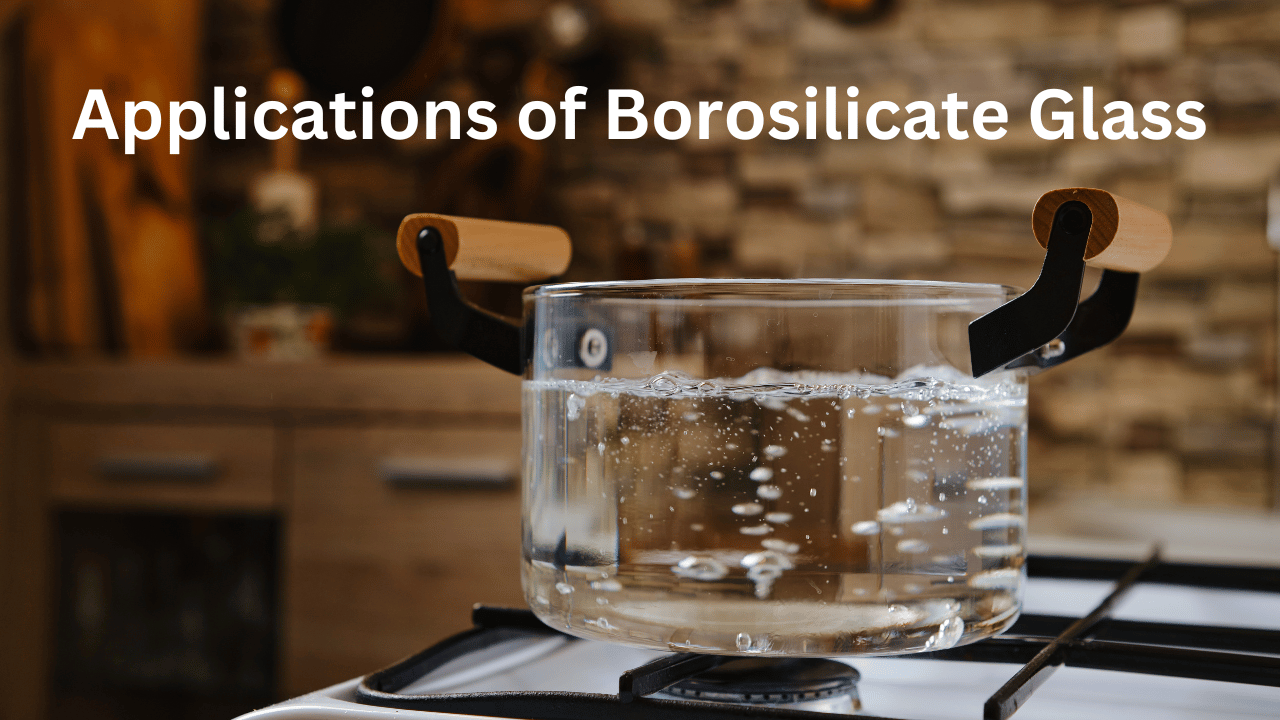What is Borosilicate Glass?
In the world of glass, there are numerous types and variations, each with its own unique properties and uses. Borosilicate glass is one such type that has gained popularity for its exceptional characteristics. In this article, we’ll delve into the fascinating world of borosilicate glass, exploring its composition, applications, and advantages over other types of glass.
Understanding Borosilicate Glass
Composition and Structure
Borosilicate glass is primarily composed of boron trioxide and silica. This unique composition results in a glass that is highly resistant to thermal expansion, making it suitable for a wide range of applications where extreme temperature changes are common. Unlike conventional soda-lime glass, which is prone to cracking when exposed to rapid temperature fluctuations, borosilicate glass can withstand thermal stress, making it a preferred choice for laboratory equipment and kitchenware.
History and Origins
The history of borosilicate glass can be traced back to the early 20th century when German glassmaker Otto Schott developed it under the brand name “Duran.” This innovative glass quickly gained recognition for its durability and superior thermal properties. Over the years, it has become synonymous with quality and reliability.
Applications of Borosilicate Glass

Laboratory Glassware
One of the primary applications of borosilicate glass is in the field of science and research. Laboratory glassware, such as beakers, test tubes, and pipettes, is often made from borosilicate glass due to its resistance to chemicals and temperature changes. Researchers rely on this glass to perform accurate experiments without worrying about glassware breakage.
Cookware and Bakeware
In the kitchen, borosilicate glass has found its place in cookware and bakeware. Baking dishes, casserole dishes, and even coffee makers are crafted from this glass. Its ability to withstand high oven temperatures and sudden shifts from hot to cold makes it ideal for cooking and baking.
Artistic and Decorative Glass
Artists and craftsmen appreciate the clarity and versatility of borosilicate glass. It is often used in creating intricate glass sculptures, ornaments, and decorative items. The glass’s ability to capture and transmit light adds a unique touch to artistic creations.
Lighting Industry
In the lighting industry, borosilicate glass is used for its thermal resistance and optical clarity. It is a preferred choice for high-intensity discharge lamps and projection lenses. Its ability to handle extreme temperatures without distortion ensures the longevity and efficiency of lighting fixtures.
Advantages of Borosilicate Glass
Thermal Resistance
The standout feature of borosilicate glass is its exceptional thermal resistance. It can endure rapid temperature changes without shattering, which is a critical advantage in laboratory settings and the kitchen. This property also contributes to its longevity, reducing the need for frequent replacements.
Chemical Inertness
Borosilicate glass is highly inert to chemicals, making it suitable for storing and handling a wide range of substances. Whether it’s strong acids, bases, or solvents, this glass maintains its integrity, ensuring the safety of both laboratory personnel and consumers.
Optical Clarity
When it comes to optics, borosilicate glass offers exceptional clarity. Its low refractive index and minimal dispersion of light make it an excellent choice for lenses and optical components in various industries, including photography and astronomy.
Durability
Durability is another key advantage of borosilicate glass. It can withstand mechanical stress, reducing the risk of breakage during daily use. This durability translates to long-lasting products and cost savings over time.
Conclusion
Borosilicate glass, with its remarkable properties, has become an indispensable material in various fields. From laboratories to kitchens, and from artistic endeavors to the lighting industry, it has proven its worth. Its thermal resistance, chemical inertness, optical clarity, and durability make it a reliable choice. So, the next time you encounter a borosilicate glass product, you’ll know why it’s cherished for its exceptional qualities.
Frequently Asked Questions (FAQs)
Q1. Is borosilicate glass completely shatterproof?
A1. No, while borosilicate glass is highly resistant to shattering due to thermal stress, extreme force can still break it.
Q2. Can I use borosilicate glass cookware on a stovetop?
A2. It’s not recommended, as direct exposure to open flames can cause damage. Borosilicate glass cookware is best suited for ovens and microwaves.
Q3. Is borosilicate glass recyclable?
A3. Yes, it is recyclable, and many recycling programs accept it. Be sure to check with your local recycling facility.
Q4. What is the difference between borosilicate glass and regular glass?
A4. Borosilicate glass contains boron trioxide, which gives it superior thermal resistance compared to regular soda-lime glass.
Q5. Can borosilicate glass be used for stained glass projects?
A5. While it’s possible to use borosilicate glass for stained glass, it’s less common due to its higher cost and different handling characteristics compared to traditional stained glass.








